
IoT Ambitions Drive Multi-Function Sensor
The globe is changing through the Internet of Things. Its incredible potential lies in the system edge combined effect of ultra-low-power connected devices and cloud services capable of identifying trends in large amounts of data to produce meaningful information. Elevated-performance computer chips, together with intelligent system edge appliances that can be manufactured at such low cost and power utilization that widespread implementation is technologically and economically viable, are two factors facilitating its advent. Connectivity and Big Data are fundamental aspects that differentiate between IoT and standard remote access and management. Its capacity for protecting the environment, improving financial performance and transforming daily life is manipulated not by independently sensing and reacting to one or two parameters, but by examining different data streams to locate patterns and ascertain an appropriate response.
In the automotive sector, some instances could be seen as prominent producers are starting to use transmitter information recorded from high numbers of automobiles in the area to enhance customer satisfaction and supply chain management. In several other developing markets, such as household appliances, pioneering manufacturers are starting to leverage the IoT’s power to affect consumer and company quality with expertise obtained from consumer computer data collection. In the construction services industry, information collected from a mounted worldwide foundation of lifts and handrails into a cloud IoT platform is intended to help enhance maintenance and new product architecture
Sample scenarios that use sensed data;
- Ecological detecting such as mining gas monitoring to increase safety in the workplace.
- On-road closeness sensors and other on-board vehicle torque and behavior sensors to endorse autonomous cars and preventing accidents.
- Health instruments to record data from patients and the environment to be sent to a health care professional.
- Telematics that facilitate the footage of vehicle data to identify insurance premiums predicated on riding habits in order to encourage safe driving.
- Motel room sensors to identify presence without sacrificing confidentiality, enabling workers to serve rooms without encroaching and increasing efficiency and productivity.
When sensors are expected to concurrently control multiple linear regressions, centralizing the detectors and supporting circuitry saves resources and streamlines implementation.
Arduino is one of the systems in which mega-sensor applications are streamlined. The Arduino Lucky Shield, for instance, is an extension panel congruent with all Arduino boards of 5 V and 3.3 V standard. This integrates barometric pressure, relative elevation, brightness, temperature, vibration, and existence sensors. The sensors are packaged in a compact shape ratio of 68.6 mm x 53.4 mm.
ST’s X-NUCLEO-IKS01A2 board and SensorTile
In its STM32 ecosystem, STMicroelectronics has many mega-sensor assessment panels. The X-NUCLEO-IKS01A2 is an extension panel to use with baseboards for STM32 Nucleo microcontroller. This comprises of an accelerometer MEMS, a gyroscope, a magnetometer, an absolute barometric pressure detector, and a relative humidity and temperature monitor capacitive. ST recently announced an even narrower multi-sensor module that could be used in an optimizing compiler as a sensor and communication core or as a stand-alone tool for collecting sensor data using a smartphone app.
Samsung ARTIK platform with enterprise security
Samsung’s ARTIK platform provides a series of modules that are scalable from small units featuring an ARM Cortex-M4 microcontroller and Bluetooth 4.2 support, to the ARTIK 5 family with dual Cortex-A7 processing and support for Bluetooth, Wi-Fi, ZigBee and Thread, to the ARTIK 7 family that leverages the Cortex-A35 application processor. The ARTIK 5 and ARTIK 7 families are powerful enough for gateways or controllers. Implemented protection in the enterprise category, including a key storage hardware security component and safe execution of crypto algorithms and secure OS that helps establish a trusted execution environment. Blue chip vendors build IoT applications using the ARTIK platform, and packages such as the ARTIK 020 Bluetooth 4.2 IoT end device package are accessible for integrated growth.
Sensor design platforms which are now hitting the sector are lightweight, mega-sensor units which can be used explicitly or with limited modification in final products for use at the edge of the IoT. When consumer expectations grow and web-based computational technologies tend to become even more complex and accessible, more and more innovative solutions will arise, using a wider range of sensors.






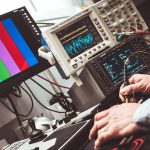
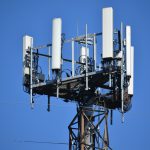

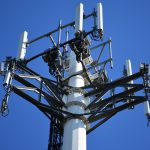
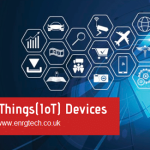
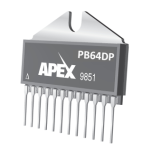
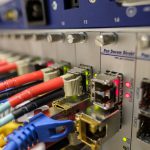
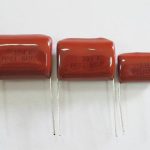
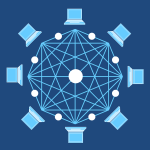

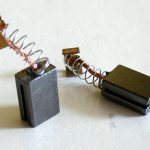




1 Comment